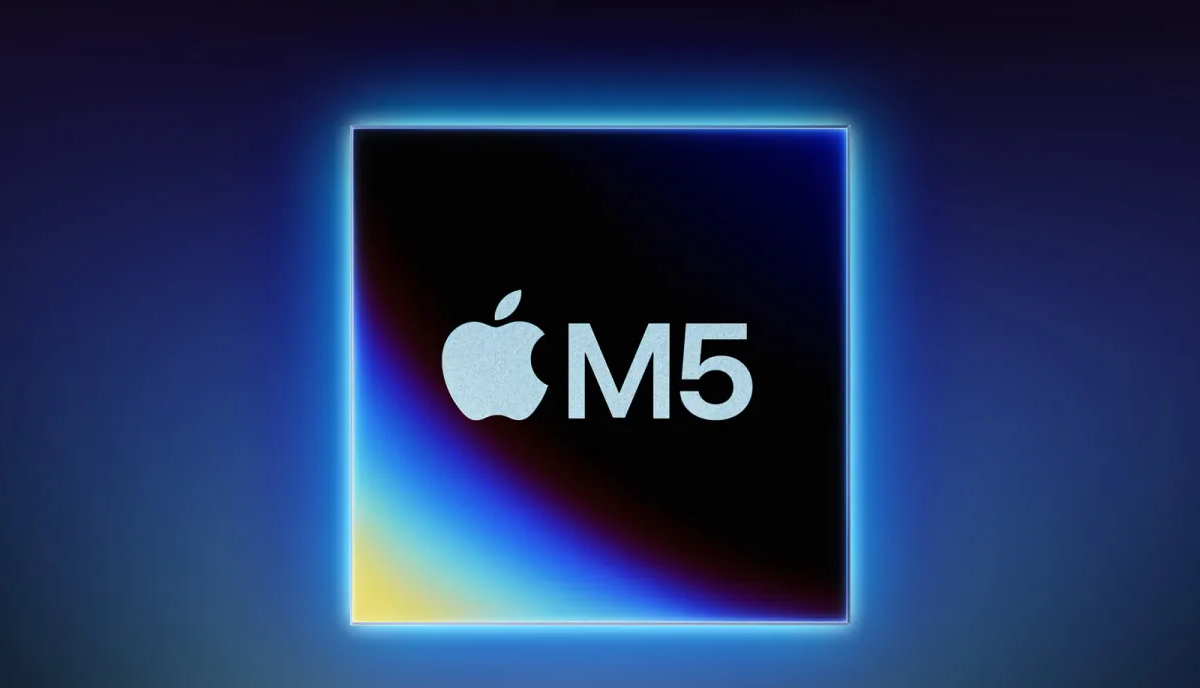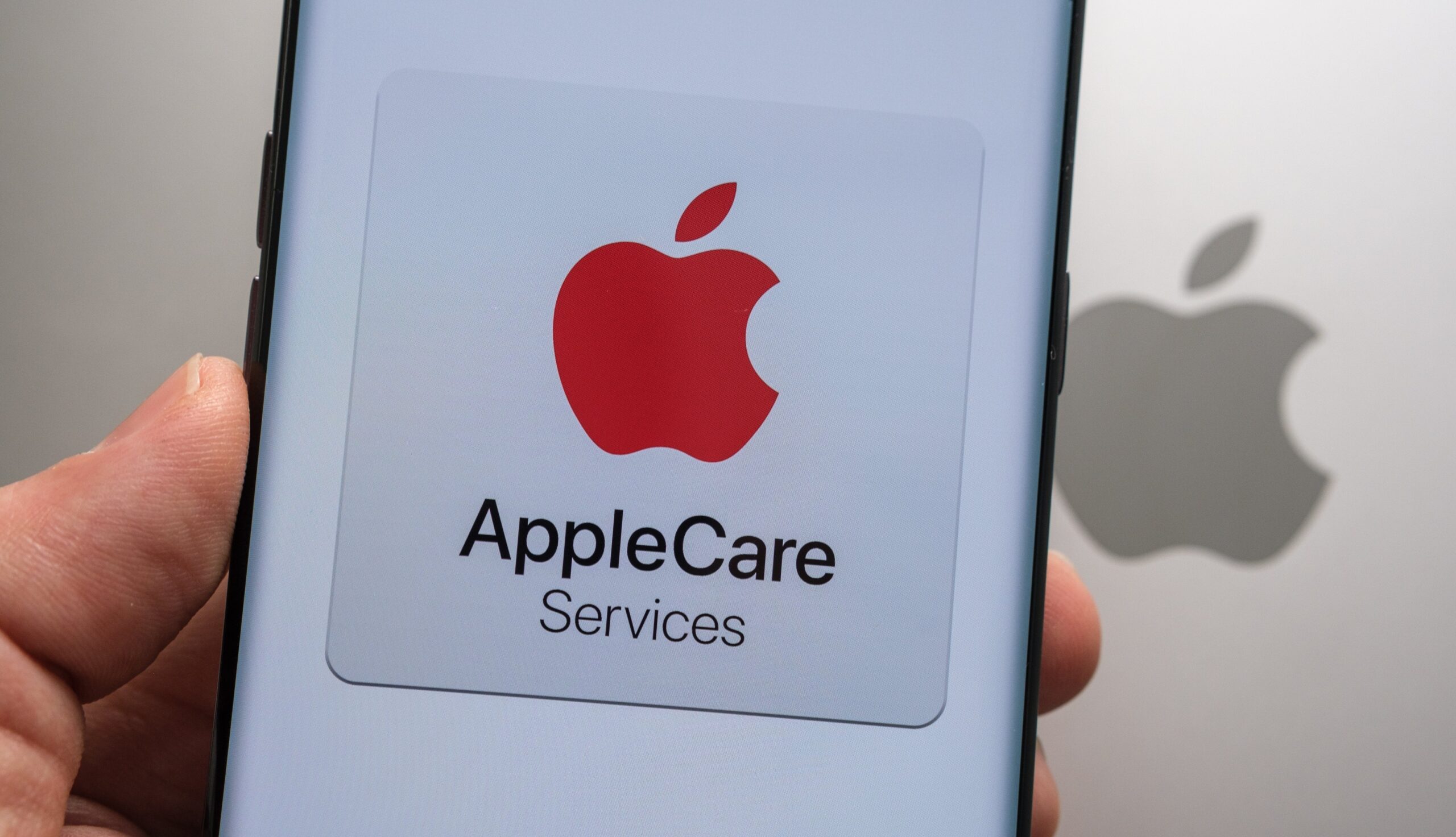Apple is increasing its team of experts to work on new home robots, according to Mark Gurman from Bloomberg. The company is just starting to work on a robot that sits on a table, but they’re also thinking about making one that looks like a human down the road.
This project is being led by two groups at Apple: the Home Labs team, which makes hardware, and another team led by Kevin Lynch, who works on special AI projects. These teams came from Apple’s old self-driving car project, which ended last year.
In recent weeks, Apple has put out many job ads for people who know a lot about robots. They want to hire folks who will work with a small, smart group to add new features to Apple’s gadgets.
Just last month, some Apple researchers showed off a robot that looks like a lamp, similar to the playful lamp from Pixar movies. This robot can do things like tell you about the weather, light up for taking photos with your iPhone, remind you to drink water, and even dance to music with you.
Gurman also shared that Apple is working on a robot with a screen like an iPad, attached to a movable arm. This robot could be ready by 2027 and would mainly work with Siri. It might be able to look at you when you’re on a FaceTime call if you tell it to.
It seems this new robot might be a fancy version of Apple’s smart home device, which is supposed to come out this year. It would be like a HomePod speaker but with a screen and a robotic arm.





